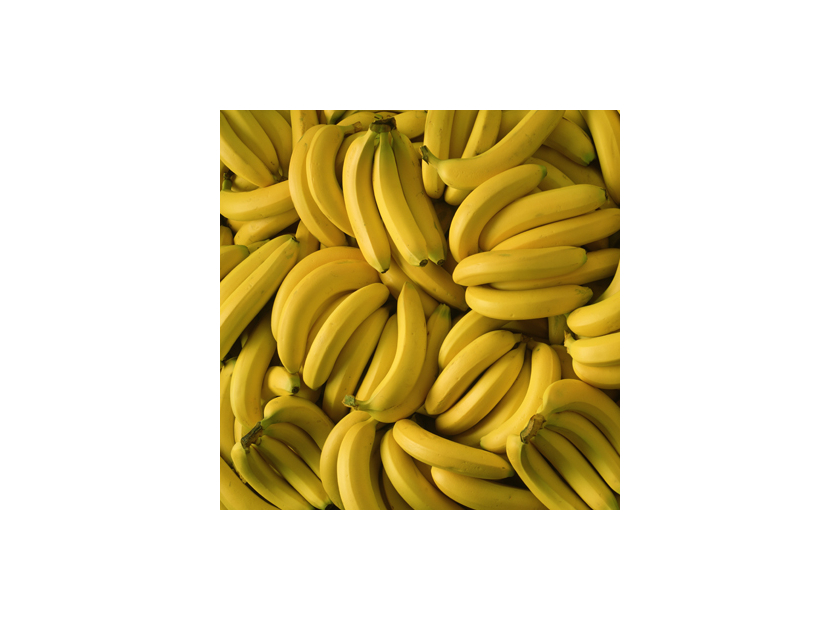Are bananas, as we know them, becoming extinct?
Posted:
February 02, 2018
Bananas are the world’s most exported fruit and have become a dietary staple for many people and cultures. Of the 114 million tons produced annually, 85% are produced for consumption in the United States [1]. Unfortunately, the most popular fruit in the world may be under threat by a lethal fungal disease. Fusarium wilt of banana, or Panama disease, affects the seedless Cavendish banana, which is by far the most common banana variety. In fact, 95% of the commercially sold bananas are of the Cavendish variety. Scientists around the world are working tirelessly to find a replacement or to find a solution to this growing threat of fungal disease.
 Fusarium wilt of banana is caused by the soil-borne fungus
Fusarium wilt of banana is caused by the soil-borne fungus
 Fusarium wilt of banana is caused by the soil-borne fungus
Fusarium wilt of banana is caused by the soil-borne fungusFusarium oxysporum f. sp. cubense. It enters the plant through the roots and colonizes the xylem vessels. This blocks the flow of water and nutrients, even though the fruit is not directly affected by the fungus. Progression of this disease in the plant ultimately leads to plant death.
This persistent fungus, once established, can remain in soil for an indefinite period of time and cannot be managed with chemical pesticides [2]. The severity of this disease for the Cavendish banana lies in the nature of how bananas are reproduced. Bananas do not contain seeds, therefore, most bananas consumed around the world are actually clones that originate from only two different varieties. Both of these varieties show little resistance to the disease.
Fusarium wilt was first recorded in 1874 in Australia, although it is likely that the disease originated in southeast Asia. In 1890, the disease was then reported in Panama. From there, it spread to Costa Rica, Suriname, Cuba, Trinidad, Jamaica, Honduras, and Guatemala. Now the disease has been reported in almost all banana-producing countries [2]. The banana industry experienced a similar disaster when Fusarium devastated the Gros Michel variety of bananas after the turn of the 20th century. The destruction was abated in the 1950s when the resistant Cavendish replaced the Gros Michel variety. Now, the Cavendish variety is subject to the same destruction that its predecessor experienced.

Work is underway to come up with a solution to this global problem. In Honduras, scientists are crossbreeding two varieties to develop a new breed that is resistant to the disease. Biological control is being used in China by rotating banana crops with Chinese leek, whose soil microbial community suppresses the pathogen [2]. There has also been extensive research done on developing a transgenic Cavendish banana that is resistant to Fusarium wilt [3]. At this time, scientists believe genetically modifying the Cavendish banana is the best solution for fighting this growing threat, though this may present a problem to consumers and markets that are cautious to introduce genetically modified products such as Europe and Japan.
By Alani Barajas
R&D Microbiologist
Hardy Diagnostics
References
1. https://www.nationalgeographic.com/environment/urban-expeditions/food/food-journeys-graphic/
Comment(s)







